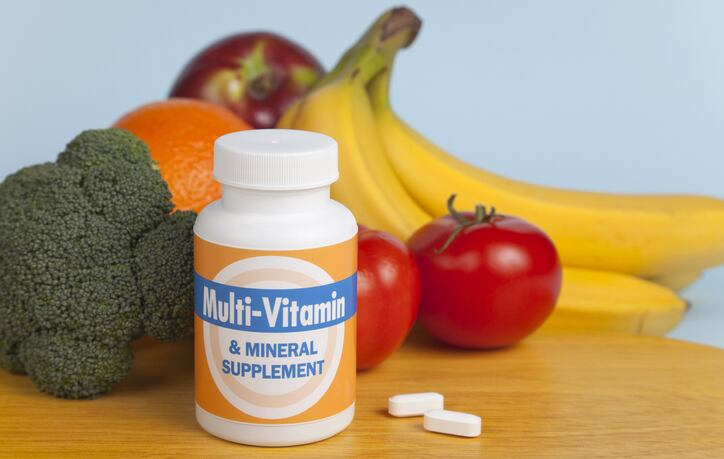To assess the relationship between dietary patterns and serum LDL cholesterol, so-called ‘bad cholesterol’ in the general Japanese population, a multi-institutional collaborative cohort study was conducted.
The research was published on the Japan Atherosclerosis Society and the Asian-Pacific Society of Atherosclerosis and Vascular Diseases journal.
The study was conducted between 2005 and 2013, and involved 27, 237 participants aged 35-69 years from 10 cohorts in Japan.
The participants were sourced from resident records at local government offices in Japan, and their physical data, blood samples, and self-reported health questionnaires were collected for analysis.
For the variables assessed, five major dietary patterns were identified in the modern Japanese population based on a semi-quantitative food frequency questionnaire, while LDL cholesterol was determined by quintiles of dietary pattern factor score.
Dietary patterns were chosen as a variable as past literature have shown that it has a more significant impact on the management of non-communicable diseases, relative to assessing single foods or ingredients.
Key findings
Findings elicited that ‘high bread and low rice’ and ‘high confectioneries and low alcohol’ patterns were associated with higher intake of total fat and saturated fatty acids (SFA), translating to higher LDL cholesterol.
“Breads in Japan include not only white breads but also sweet pastries and delicatessen breads, which are rich in SFA, including butter and margarine,” the researchers explained.
On the flipside, dietary patterns characterized by “high intake of vegetables, fruits, soy products and fish/shellfish” were shown to lower LDL cholesterol for both sexes.
“High intake of these food items was associated with a high intake of dietary fibre and n-3 polyunsaturated fatty acids. The Japan Diet is recommended by the Japan Atherosclerosis Society based on the traditional Japanese diet for the prevention of atherosclerotic CVD.
“The ideal ‘healthy Japanese dietary pattern’ should be established for the prevention of non-communicable diseases and longer longevity,” the researchers reported.
An interesting point to note from the study was that alcohol was found to have “LDL cholesterol lowering effect” which was justified by previous studies as well.
The Japanese also believe that alcohol intake increases high-density lipoprotein (HDL) cholesterol –also known as “good” cholesterol.
The study has its strength that it was based upon large-scale data collected from various areas in Japan, and the data collection process was highly-standardized - which enabled consistency and reliability in the analyses.
However, it was limited by the lack of means to determine a causal relationship between the variables, constraint of findings to contribute to evidence-based recommendations, selection bias towards participants with fasting blood samples, and that LDL cholesterol was not measured directly from the participants.
Source: Japan Atherosclerosis Society and the Asian-Pacific Society of Atherosclerosis and Vascular Diseases
http://doi.org/10.5551/jat.63675
“Association between Dietary Patterns and Serum Low Density Lipoprotein Cholesterol in Japanese Women and Men: The Japan Multi-Institutional Collaborative Cohort (J-MICC) Study”
Authors: Kitaoka et al.




